Marcus Ogden
2024-11-04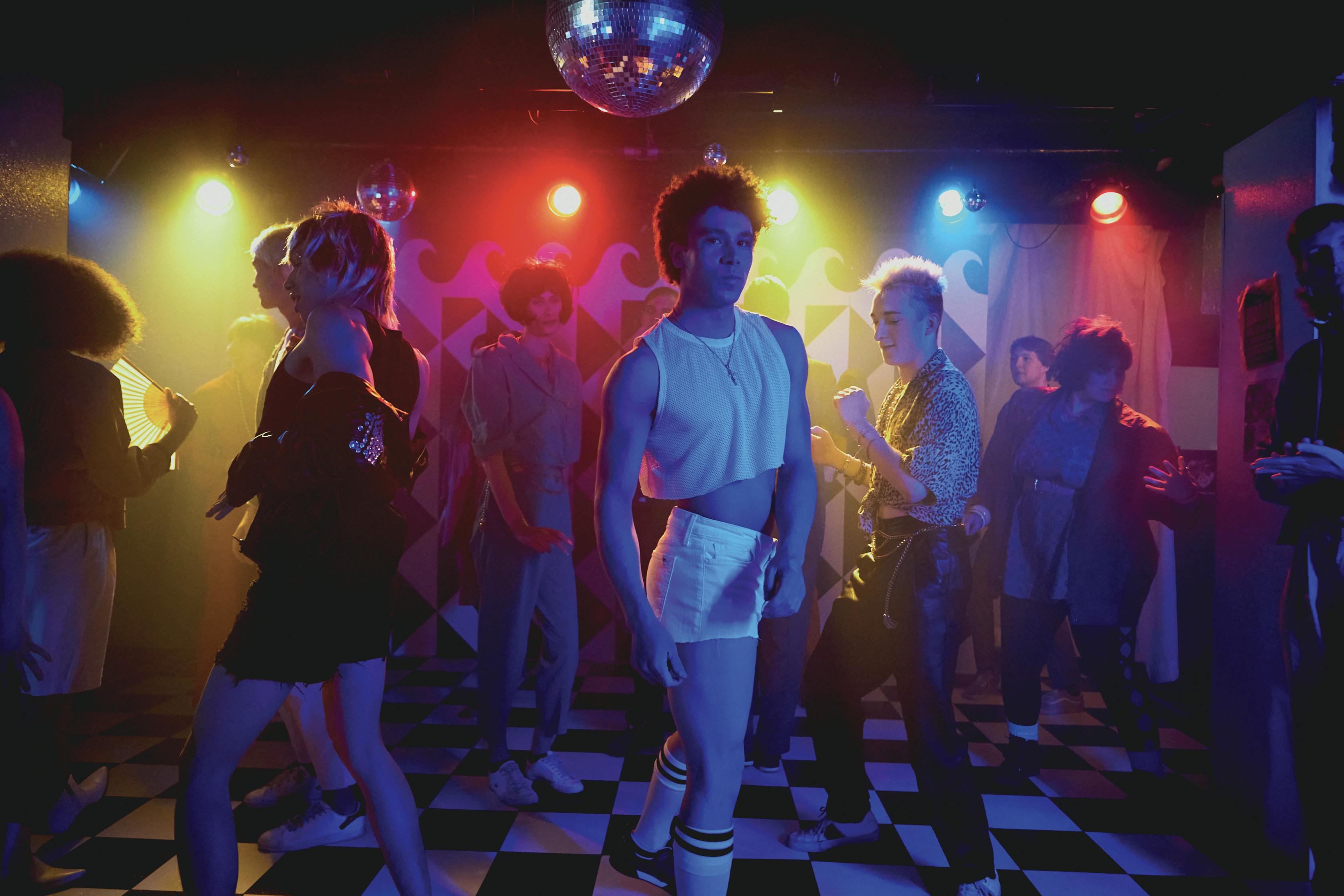
Recreating Flashback's dancefloor.
FLASHBACK: Celebrating Edmonton's gay disco nights in the '70s and '80s
Flashback, a documentary chronicling the lifespan of the titular Edmonton gay bar, is set to screen at CUFF Docs this November. The film is made by siblings Matthew and Peter Hays, who attended Flashback themselves during this key period when the bar served as a microcosm of gay culture as it evolved through the ‘70s and ‘80s.
“We’re really grateful that CUFF Docs is supporting us. I love the fact that we’re in the ‘underground’ film festival because this is a film about an underground club.” says Peter, the director of Flashback.
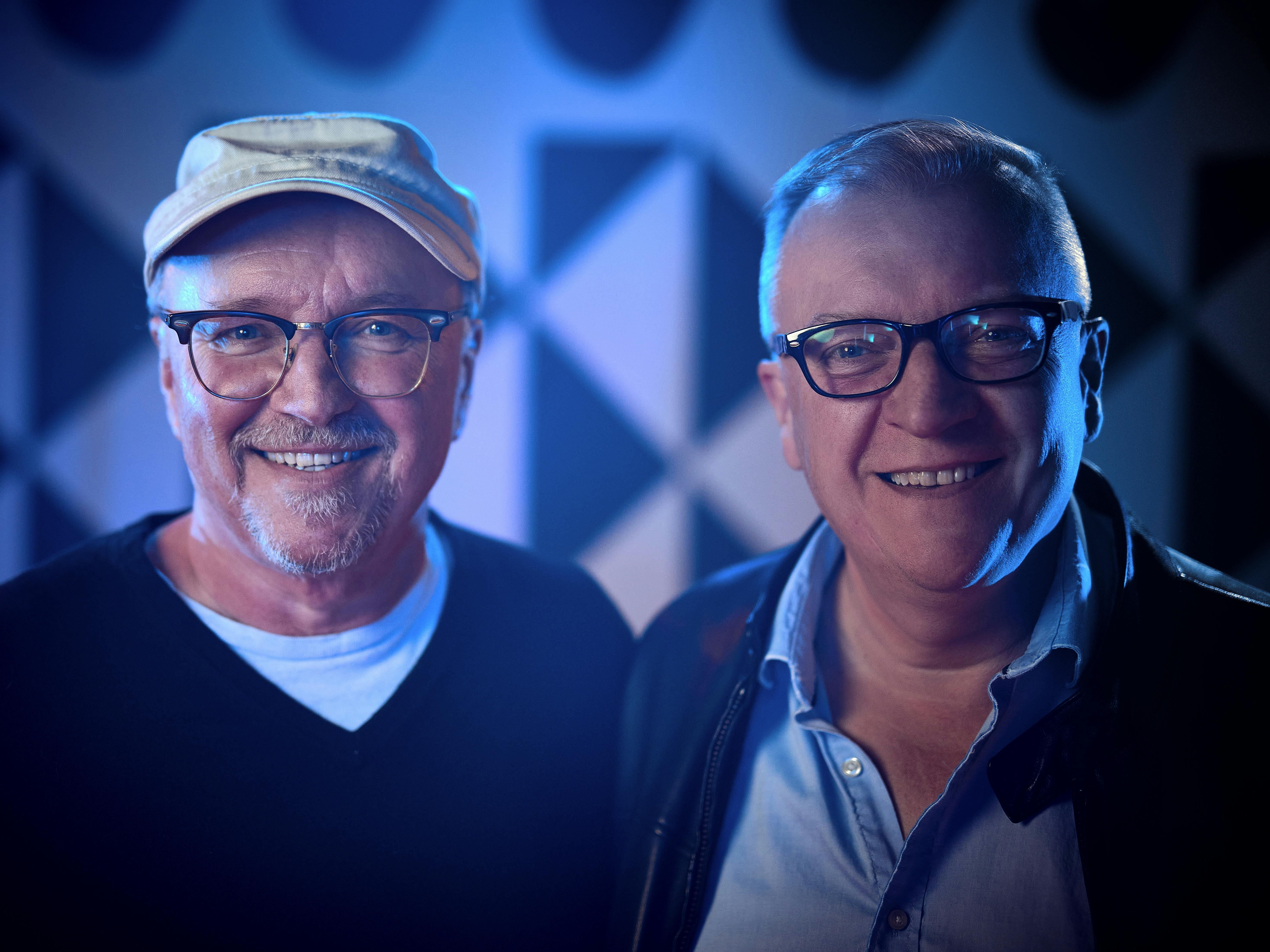
Pete and Matt Hays.
Peter, a filmmaker and documentarian, set out with his brother Matthew, a prominent gay journalist, to make a film. The pair brainstormed ideas until Matthew suggested the idea to make a documentary about Flashback, where the two shared fond memories. From there, they were able to secure funding from Telus Originals to start production.
“Matt said, ‘Well, what about Flashback?’ and I thought, ‘What a great idea because we both loved Flashback,” says Peter. “A big part of our experience in making the film was to gather everybody’s different perspectives of what the club was and what it meant to them.”
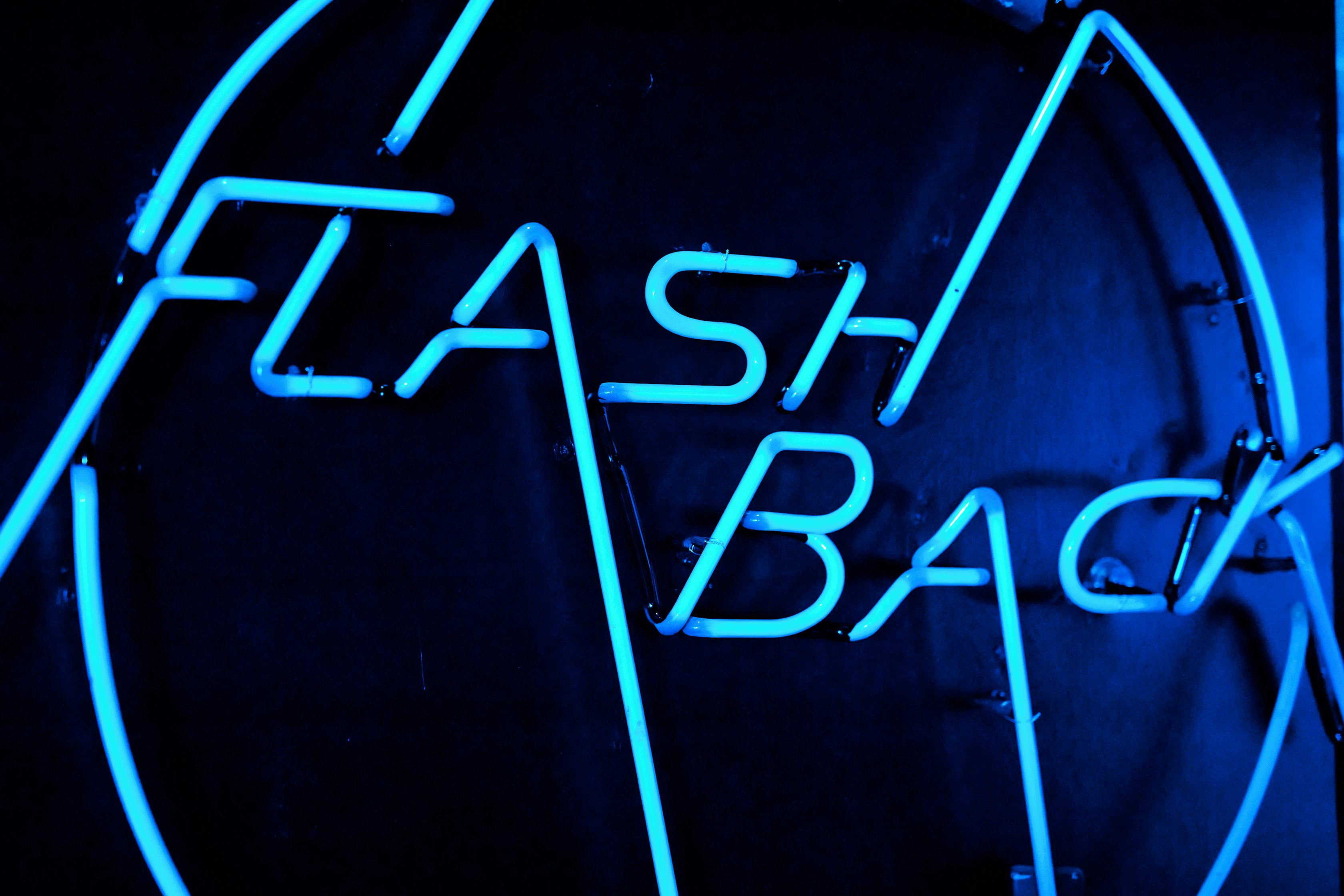
Flashback opened in Edmonton in 1974 as a more inclusive counterpart to the city’s other gay bar, Club 70. The ‘70s and ‘80s were turbulent times for Edmonton’s gay community, which already existed in one of Canada’s most conservative corners. Edmonton’s Pisces Bathhouse was one of many establishments raided across Canada in 1981, which led to the outing and wrongful prosecution of many people in the gay community. This, paired with the stigma against gay people that arose during the AIDs epidemic, made the period difficult to live during. Flashback touches on how all of this affected the club’s employees and patrons.
“Edmonton in the ‘70s and ‘80s was not gay-friendly in any way. It was a place where, if you were different from the heteronormative world you couldn’t show that. If you did, it was risky, so a lot of queer culture at the time was in the shadows,” says Peter.
“This was a launch pad for people who then went on to bigger and greater things than they could possibly imagine growing up in Edmonton.”
The film features interviews with the club’s owner, John Reid, as well as the club’s former employees, its past regulars and community members, and its frequent musicians and drag performers. In addition, it portrays Flashback as prominent in the greater North American gay world while it was open, as the club saw many notable people through its door.
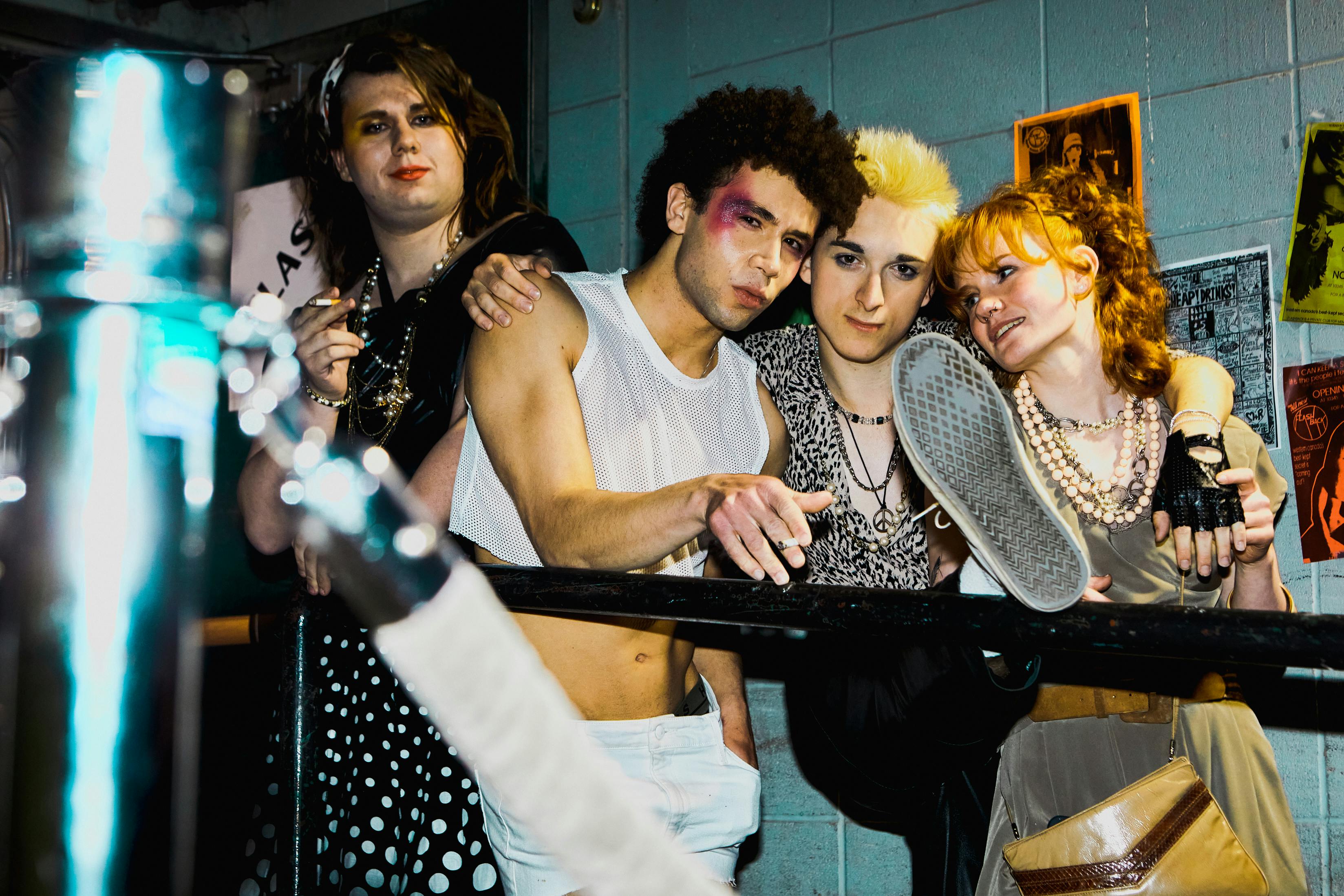
The cool kids circa 1980.
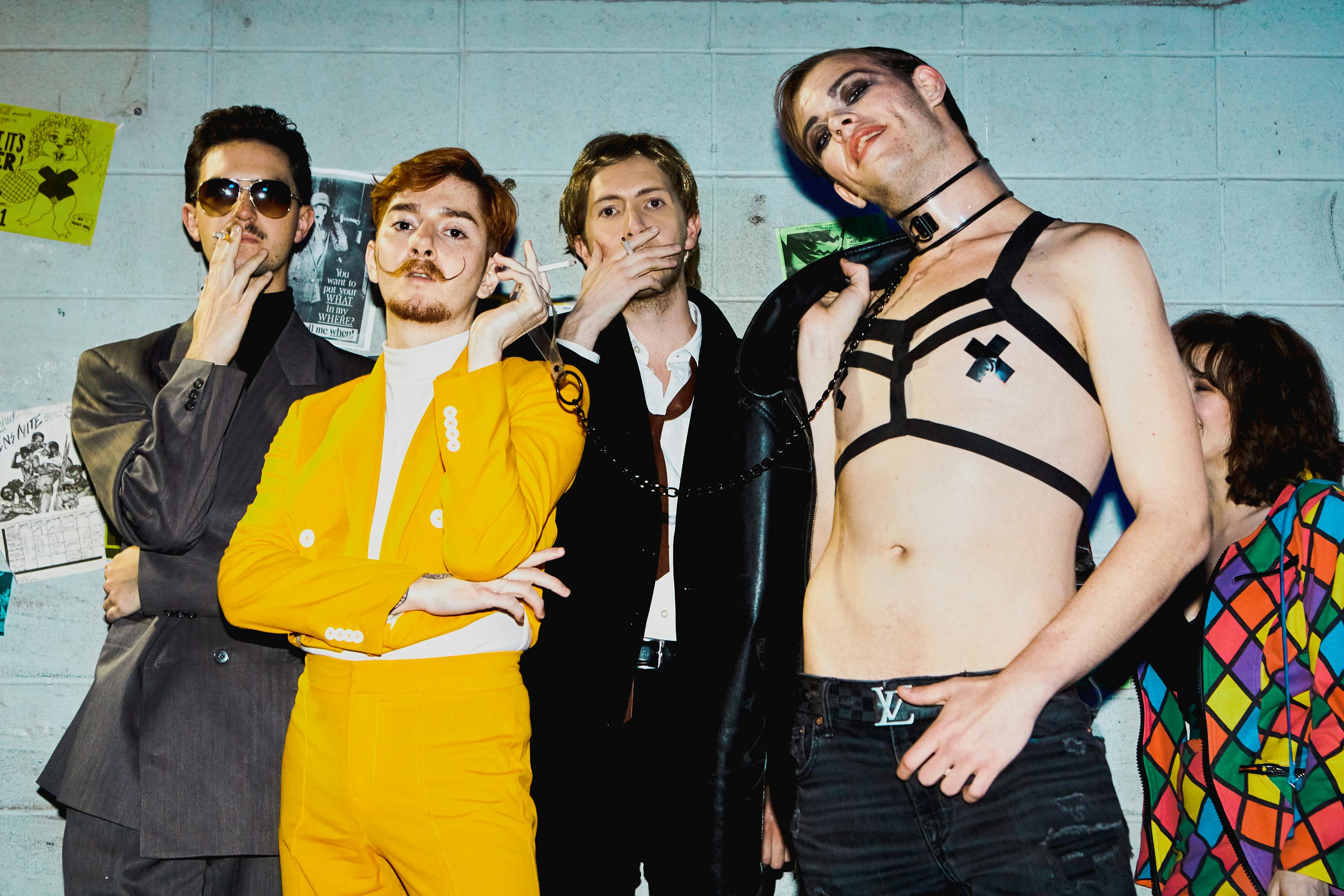
Boys having a smoke.
“There was a significant number of people who went through the doors of Flashback who went on to really big careers in the arts and media and they’ve ended up in New York, Switzerland, Paris, and all over the world,” says Peter. “This was a launch pad for people who then went on to bigger and greater things than they could possibly imagine growing up in Edmonton.”
The soundtrack of Flashback pays homage to disco, which the film pitches as pivotal to the gay community of the time. It also features a cover of Miquel Brown’s song “So Many Men/So Little Time” performed by Edmonton’s own D’orjay. The song was considered an anthem during Flashback’s heyday, and it took on a sadly ironic turn during the AIDS epidemic. The film’s music was produced and recorded in Calgary at the National Music Centre.
“That was an amazing day that we had together,” says Peter. “I mean, it’s a dream. You have to pinch yourself, you know. You’re in this amazing space with all these incredible instruments that are really, actually antique instruments from the time.”
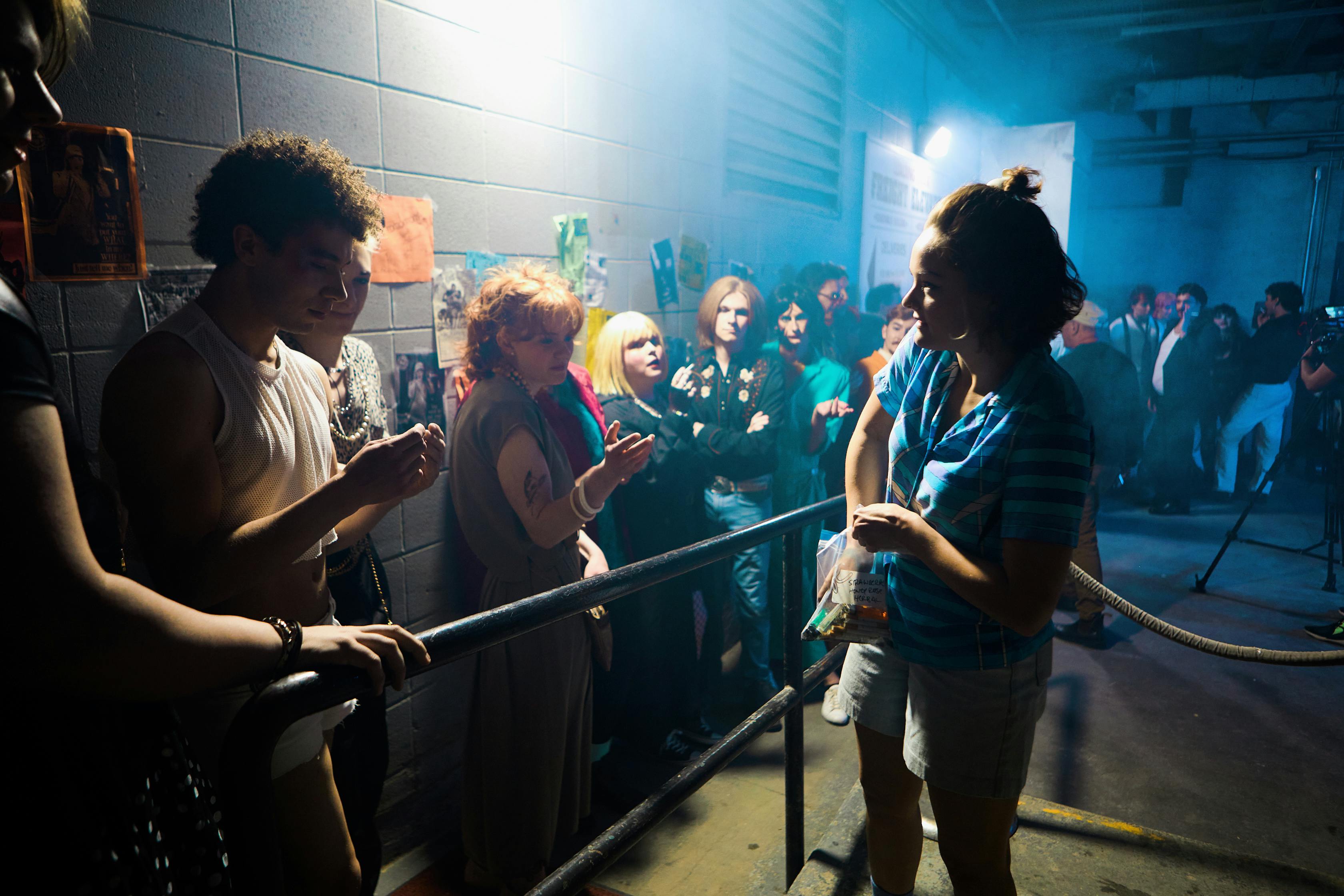
Adding props to the lineup.
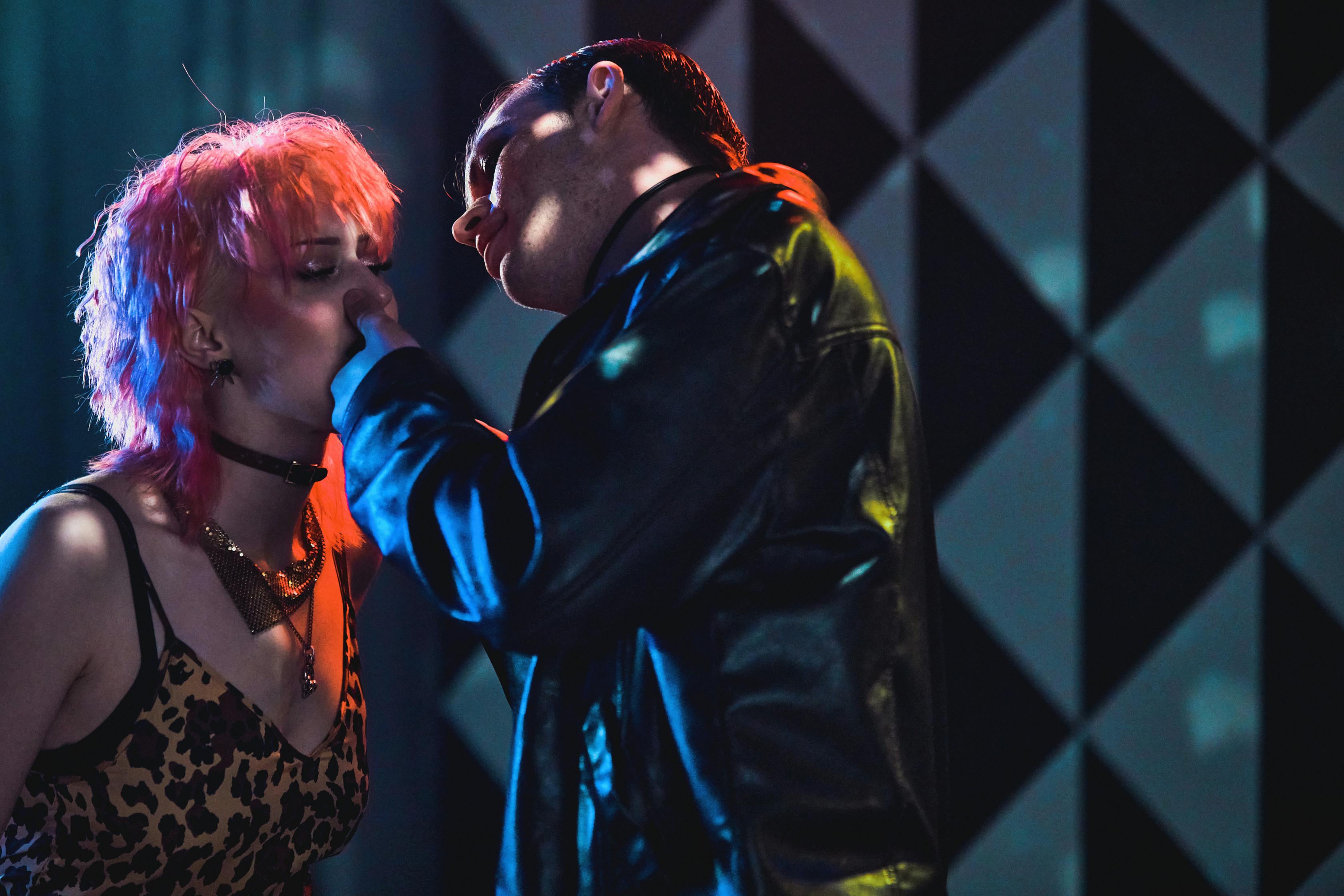
Doing poppers.
While the interviews and the music are an ample base for Flashback to make a good impression of the club for the viewer, the film also shows recreations of sights and vibes one would have seen if visiting the venue. To film these sequences, the filmmakers built a replica set of Flashback in Edmonton’s Evolution Wonderlounge. This, in combination with archival footage used throughout the film, is how the film really succeeds in putting the viewer in the room as if history had happened around them.
“Guys like me sitting around talking about Flashback, that’s not a very interesting movie. As much as I might think it’s interesting, it’s not. We needed to bring that club back to life,” says Peter. “We wanted to have club kids of today actually in a club, doing things like we used to and looking the same age as we were.”
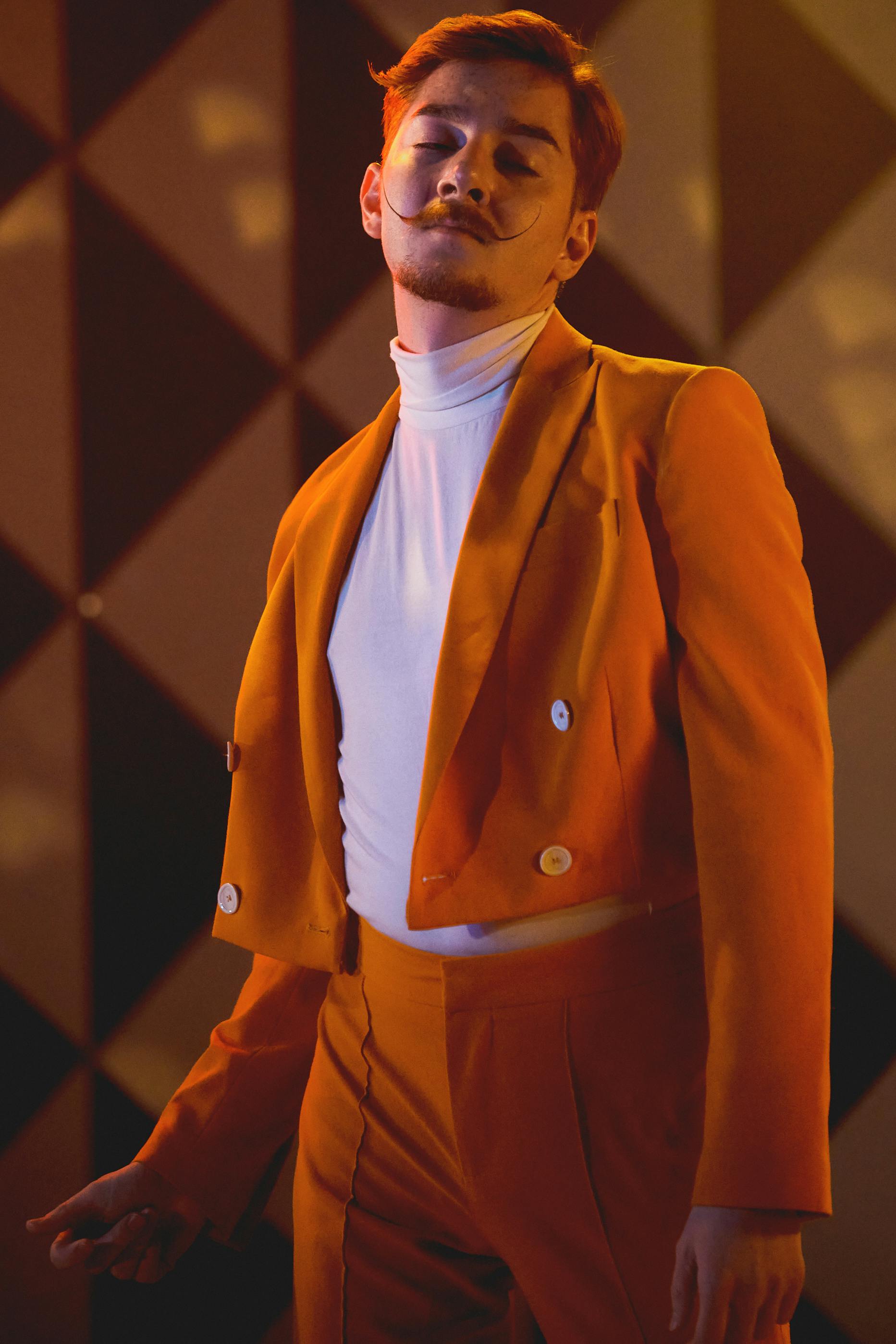
Dancing the night away.
Peter continues, “Everybody who worked in hair, makeup, and wardrobe were veterans of Flashback. They all had gone to Flashback back in the day. What was really cool was the young people talking to hair, makeup and wardrobe people who were telling them stories about why they loved Flashback when they were young. It was an amazing day of community, shooting this.”